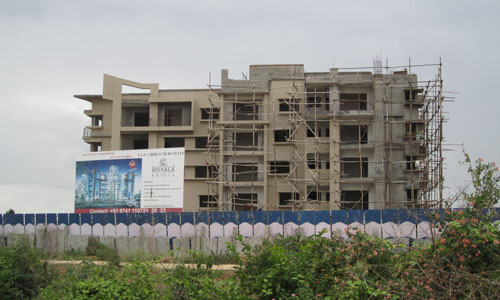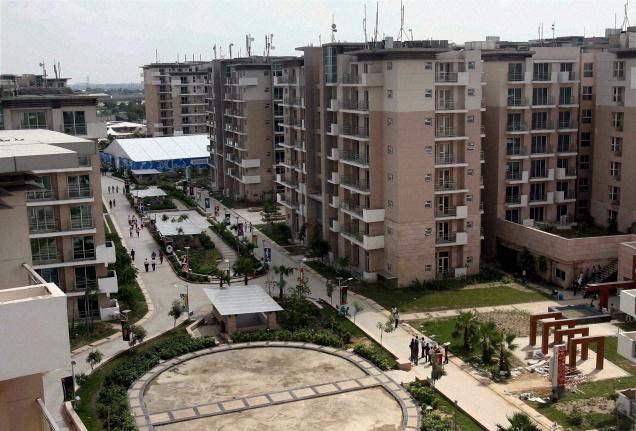
Indian real estate is yet to reach to a level of maturity where there is authentic due diligence that is accepted and honoured as third party and neutral platform for the buyers. Unfortunately, there is a collective conspiracy of silence on part of the developers by dismissing any such platform, as and when any attempt is made. The larger universe of the developers are still not very comfortable with a critical review platform that would rather lend them credibility for the right kind of projects.









